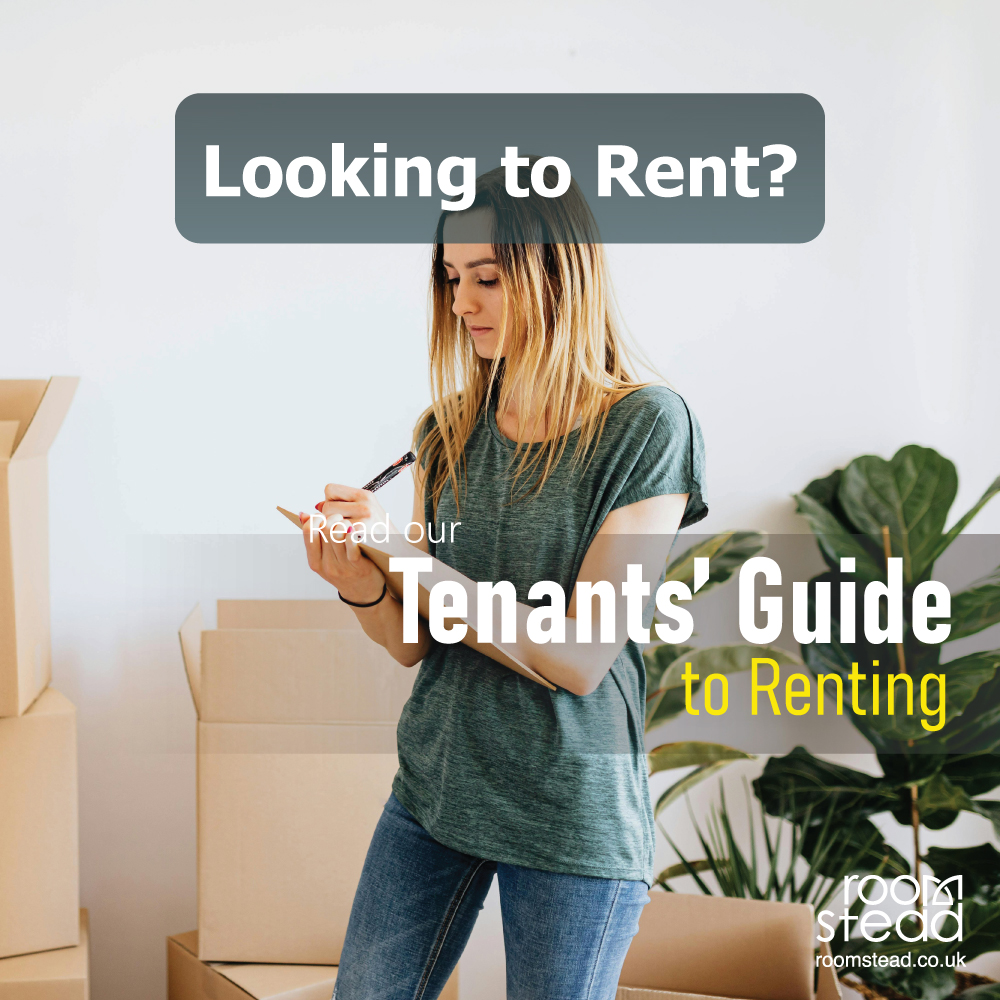A Step-By-Step Guide For Landlords Looking To Let Out Their Property
Additional information available on GOV.UK
Click [here] to be redirected to the gov.uk website
1. Understand Legal Obligations:
Familiarise yourself with the legal responsibilities of being a landlord in the UK. This includes adhering to the Housing Health and Safety Rating System (HHSRS), Gas Safety Regulations, and Electrical Safety Standards, and ensuring compliance with the Tenant Fees Act.
2. Prepare the Property:
Ensure your property meets safety and habitability standards. This involves making necessary repairs, ensuring all appliances are in working order, and addressing any potential hazards.
3. Decide on Rental Terms:
Determine the rental price based on market rates in your area. Consider whether you'll allow pets, smoking, or any other specific terms, and draft a tenancy agreement accordingly.
4. Market the Property:
Advertise your property on Roomstead by creating a Landlord account. Provide clear and attractive photographs along with detailed descriptions.
5. Screen Potential Tenants:
Conduct thorough tenant screenings including credit checks, references from previous landlords or employers, and right-to-rent checks to ensure prospective tenants are suitable.
6. Arrange Viewings:
Schedule viewings for interested tenants, ensuring the property is presented in its best condition. Be prepared to answer questions and provide relevant information during the viewing.
7. Select a Tenant:
Once you've found a suitable tenant, provide them with a tenancy agreement outlining the terms and conditions of the tenancy, including the deposit amount, rent due date, and any other relevant information.
8. Protect the Deposit:
Secure the tenant's deposit in a government-approved tenancy deposit scheme (TDP) within 30 days of receiving it. Provide the tenant with details of the scheme being used.
9. Complete the Inventory:
Create a detailed inventory of the property's contents and condition before the tenant moves in. Both you and the tenant should review and sign the inventory to avoid disputes at the end of the tenancy.
10. Notify Utility Providers:
If you intend to rent out a complete property, inform the relevant utility companies (gas, electricity, water, council tax) of the change in occupancy and provide meter readings at the start of the tenancy.
11. Ensure Compliance with Safety Regulations:
Arrange for gas and electrical safety checks to be carried out by qualified professionals. Provide tenants with valid safety certificates before they move in.
12. Hand Over Keys and Welcome Pack:
Arrange a time to hand over keys to the tenant and provide them with a welcome pack containing important information such as emergency contacts, operating instructions for appliances, and procedures for reporting maintenance issues.
13. Manage the Tenancy:
Throughout the tenancy, maintain regular communication with your tenants and promptly address any maintenance or repair issues that arise. Respect your tenant's privacy and provide reasonable notice before entering the room/property.
14. Renew or End the Tenancy:
Decide whether to renew the tenancy agreement at the end of the fixed term or end the tenancy. If ending the tenancy, follow proper procedures for giving notice and returning the deposit, ensuring compliance with legal requirements.
15. Handle Disputes Fairly:
In the event of disputes, try to resolve them amicably with your tenant. If necessary, seek advice from relevant housing authorities or professional bodies such as the National Landlords Association (NLA) or Residential Landlords Association (RLA).
Ready to list your room? Register with us today.
Register


